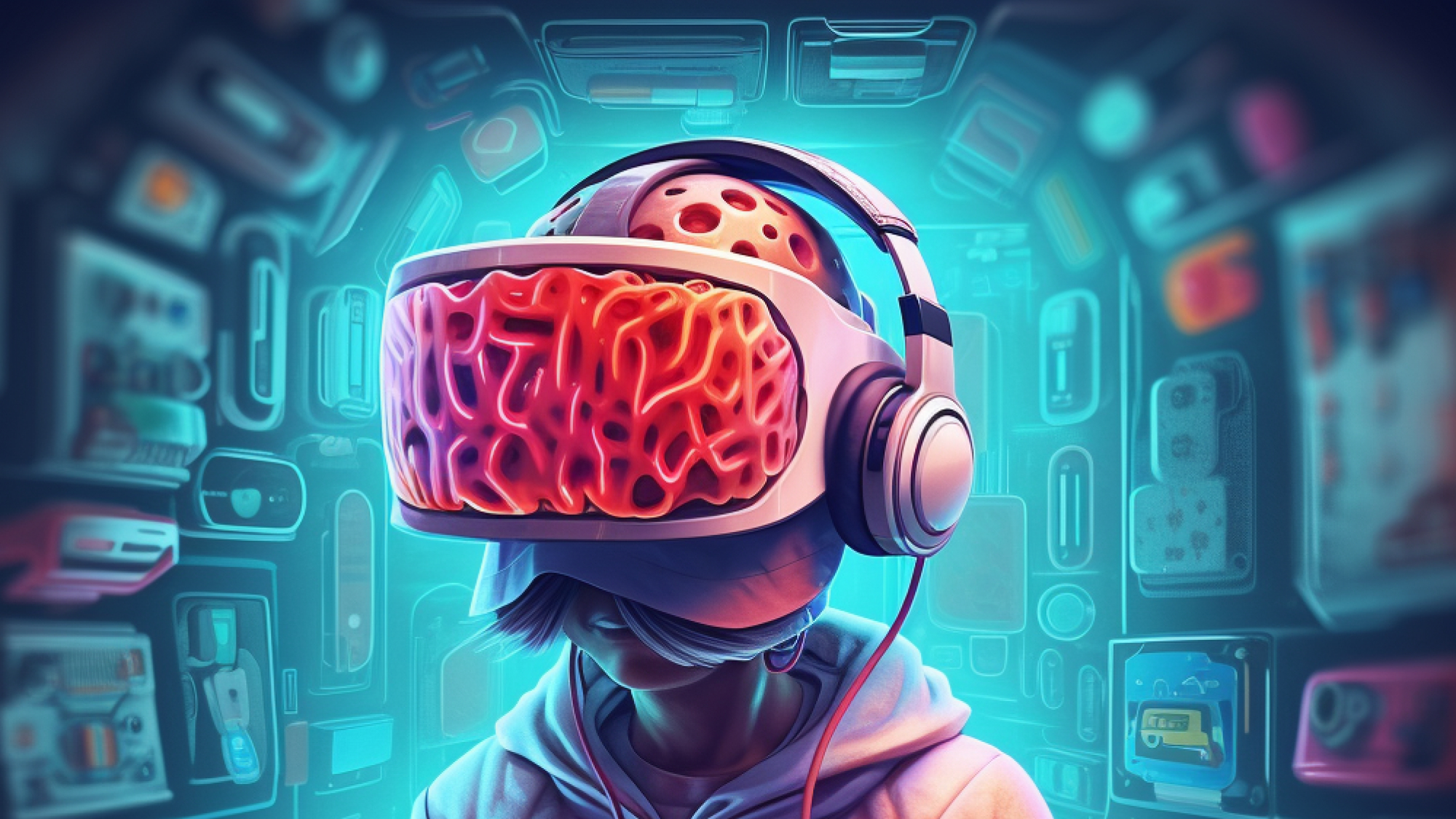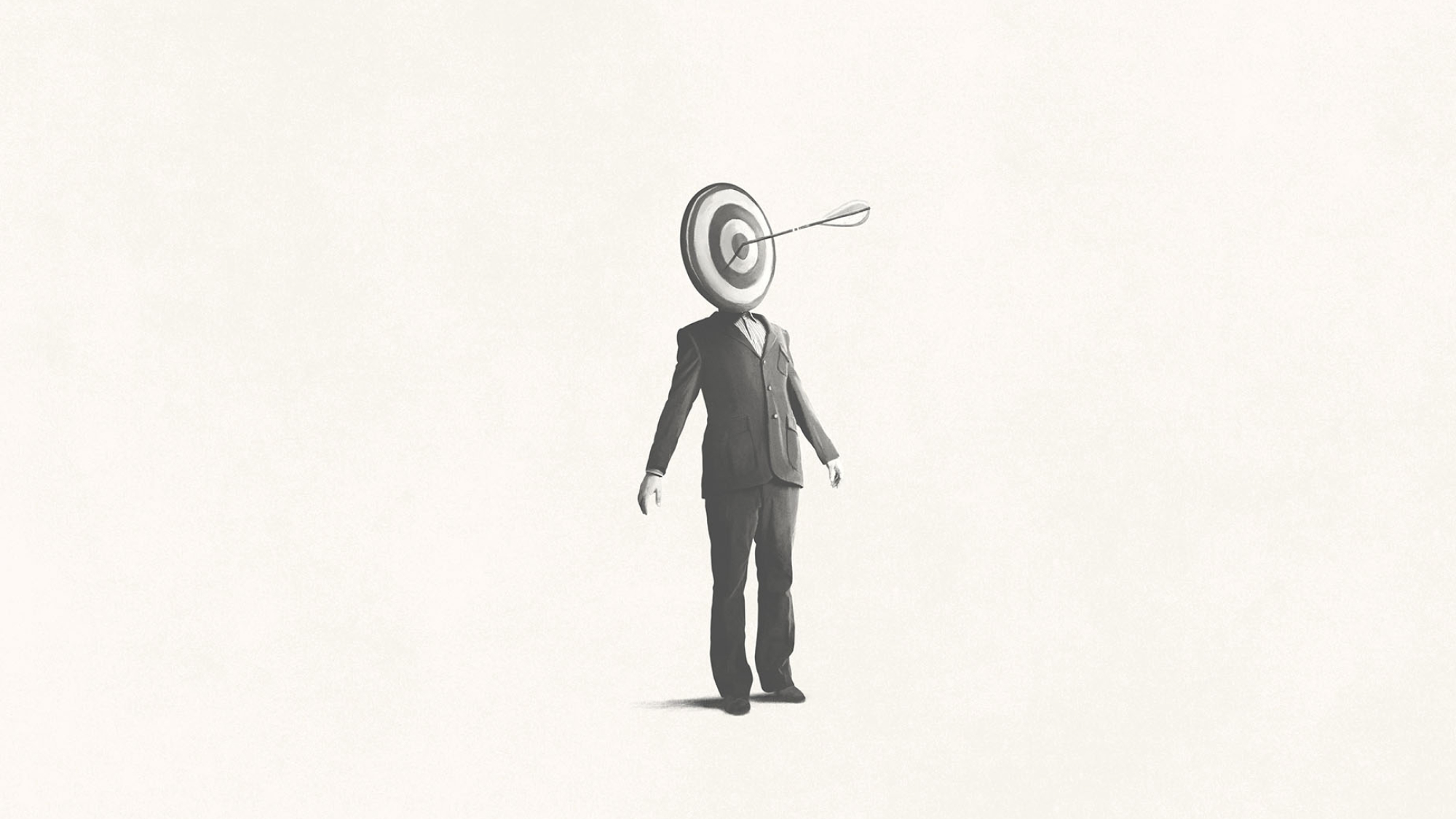
Addiction is everywhere.
Whether it’s through substance use like taking drugs and alcohol, or something more behavioral such as checking your phone constantly or vaping.
For many, addiction is mainly associated with hard substance use. However, more recently, the scope has expanded to include wider behaviors such as gambling, social media scrolling, and even eating.

When an activity becomes detrimental to a person’s everyday living or productivity, we can deem that as addictive behavior.
Understanding the underlying mechanism of addiction is crucial to shed light on how it affects the brain. According to experts, the brain can change with addiction, and it takes a lot of work to get the brain back to its normal state.
This is exactly why we need to be aware of how addiction works, so we can aim to prevent and/or deal with it properly.
The nature of addiction
People often view addiction as an unwillingness to stop the engagement of a given behavior. We see addicts as having little to no self-control, putting the blame on them.
But when exploring the nature of addiction itself, there is much more to it than just simply wanting to seek pleasure without constraint.
More experts are now taking note that the desire to escape discomfort, both physically and emotionally, maybe the reason why people engage in addictive activities.
And beyond just unwillingness to quit something, addiction is a chronic disease that hijacks our brain and affects its overall structure and function entirely.
The syndrome model of addiction
Due to the fact that addiction is a genuine sickness, we need to treat it like so. As such, there is what is called the Syndrome Model of Addiction (Shaffer et al., 2004), a theoretical framework that suggests that there is one addiction associated with multiple expressions instead of the traditional notion that there are multiple addictions.

This idea that there are multiple expressions of a single addiction implies that we all can inherit or accumulate different influences and experiences over time across our life, that can increase the likelihood of addiction. With this theoretical model of looking at addiction as a syndrome, there is a heavier emphasis on the person and their relationship with the objective of addiction.
An object of addiction can be anything — whether it’s a drug or a specific activity. If that object of addiction influences or shifts that person’s experience to feeling good for better, they are more likely to become addicted (to that given thing).
How an addicted brain works
According to a study, the power of addiction lies in its ability to hijack and destroy key regions of the brain that help a person to survive effectively. Addiction can alter the brain’s reward circuit, which exists within the limbic system. The reward circuit includes areas involved with motivation, memory, and pleasure. With addictive substances and behaviors, there is excess stimulation to the circuit, which then overloads it.
To give some perspective on how this works, when it comes to a ‘healthy’ individual, the brain rewards positive behaviors — exercise or doing something productive — by switching on brain circuits that make the person feel good. This rush of dopamine then motivates the individual to repeat said behaviors. Furthermore, when in danger, a healthy brain will alert a person with feelings of fear as a way to help the person get out of harm’s way. The prefrontal cortex can also assist in higher-level thinking to make better decisions, weighing whether the consequences of an action are worth it.
All of this changes when you become addicted, however. The normal hardwiring of the helpful brain processes starts to work against you. Things like drugs, alcohol, and other addictive behaviors and substances hijack the pleasure or reward circuit of the brain, hooking the individual into wanting more. The reward and motivation circuitry is scrambled to the point where self-care behaviors are replaced with more detrimental, addictive ones.

Addiction can also send the put the part of the brain that helps you get out of harm’s way into overdrive, thus making you feel anxious and stressed, even when not taking any substance or doing said addictive behavior (scrolling through your phone mindlessly). As a result, people do the behavior to make themselves feel better and alleviate anxiety.
According to Dr. Nora Volkow, brain imaging studies of the frontal cortex of people addicted to drugs or alcohol show a decrease in activity in the region. This means when it comes to decision-making, they are at stunted, and as such, cannot make a proper decision to stop and/or think about the long-lasting consequences.
Dealing with addiction
Addiction is now understood to be a disease.
Whether it’s with alcohol, drugs, sex, or even something seemingly innocuous like scrolling through social media, overcoming an addiction isn’t as simple as just trying to exercise greater control over impulses.
Addiction develops when the pleasure circuits in the brain get overwhelmed. That can become chronic and thereby, turn permanent.

Addiction can also cause issues in focusing, learning, and remembering, as well as decision-making and judgment. Unfortunately, the belief addictions are simply a bad choice (which in some way, it is) can be taking the severity of the matter out of it. Using words like ‘junkie’ or ‘lazy’ creates bigger issues with how a person may feel about themselves, creating more anxiety that induces even more addictive behaviors. It ultimately creates challenges in finding ways to treat the addiction itself, and often in our society, searching for solutions like therapy is not yet normalized.










